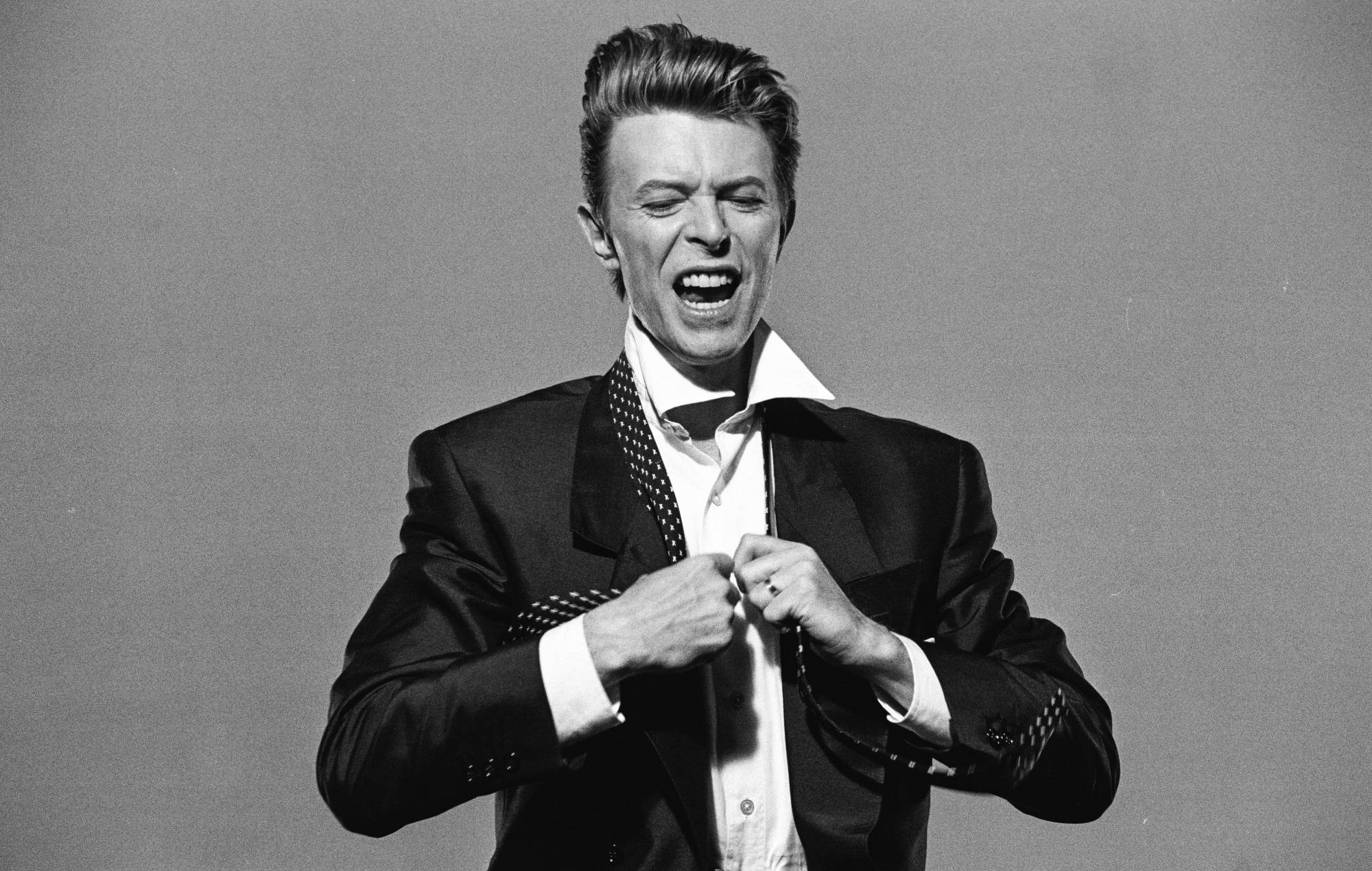Table of Contents
In visual arts, contrast is a fundamental principle used to draw attention to specific areas within a composition. High contrast between light and dark areas can make certain elements pop, guiding the viewer’s eye to the focal point.
Similarly, in audio mixing, boosting or cutting specific frequencies can bring elements forward or push them back, directing the listener’s attention to where it’s most needed.
This technique is akin to a spotlight on a stage, illuminating the main act while the rest fades into the background.
The human brain is wired to notice contrasts and changes in stimuli. In music, sudden shifts in frequency or amplitude can capture attention, much like a bright color in a painting draws the eye. By understanding this, audio engineers can manipulate EQ to create moments of surprise or emphasis, ensuring that key elements stand out in a mix.
Moreover, just as visual artists use contrast to convey depth and dimension, mix engineers and producers can and should use EQ to create a sense of space and layering. By attenuating certain frequencies in background elements, the foreground becomes more prominent, guiding the listener’s focus and enhancing the overall listening experience.
Editor’s disclaimer, this is a much more philosophical discussion of EQing and mix placement. If you’re still leanting the ropes of the EQing and getting wrapping your head around the technical aspects of it, Izotope’s article on EQing is the definitive guide on the topic, so read there guide on the principles of equalization as a bit of a primer if you’re still a new producer.
Since this article is mostly my musings on some artist critiques I’ve been reading, I’m going to keep this article a bit light on the images themselves and let the ideas and the words do the heavy lifting here. Hope that’s okay! Let’s dive in…
The Neuroscience of Auditory Attention
Our brains are constantly filtering sensory information, prioritizing certain stimuli over others—a phenomenon known as selective attention. In audio, this means that certain frequencies or sounds can capture attention more effectively. By understanding the neuroscience behind attention, audio engineers can craft mixes that guide the listener’s focus intentionally.
Studies have shown that the brain responds more strongly to novel or unexpected stimuli.
In mixing, introducing subtle changes or contrasts can re-engage the listener’s attention, preventing fatigue and maintaining interest. This could involve dynamic EQ adjustments or introducing new textures at key moments in your track.
Additionally, the brain’s tendency to habituate to constant stimuli means that static mixes can become background noise. By incorporating movement and variation through EQ and other effects, mixers can keep the listener’s brain engaged, enhancing the overall impact of the music.
Painting With Frequencies
In visual arts, designers shape space and light to steer attention and stir emotion and mixing engineers and producers like us are wise to adopt, not a technical approach to how we use our tools, but a more philosophical one as well. I know it sounds a little hippy-dippy, but hear me out.
Mixing works the same way as the aforementioned visual artists.
EQ doesn’t just about tone—it’s a way to carve out space, direct the listener’s ear, and build an emotional arc. By adjusting frequency balances, mixers create depth and dimension, much like how a painter uses perspective and shading to add weight to the frame. It’s less about fixing sounds and more about arranging them to say something.
Think of EQ as spatial design. Boosting highs brings something forward; cutting lows sends it back. You’re both brightening a vocal and deciding how close it feels. These moves mimic foreground and background in visual composition. April Tucker calls mixing “storytelling,” and EQ is one of the clearest ways we shape that narrative.
EQ also helps define contrast and focus. Just like a painter uses light and color to guide the eye, we use frequency to guide the ear. Careful balance makes sure the lead stands tall while everything else supports without crowding it. Done right, it’s not clarity—it’s impact.
Looking at EQ this way shifts your mindset. You’re designing attention, building structure, and shaping memory. The best engineers don’t work with sound—they sculpt perception.
Practical Applications: Guiding Attention Through EQ
Consider a mix where the vocals need to stand out amidst a dense arrangement. Instead of boosting the vocal track, one might attenuate the midrange frequencies in competing instruments, creating space for the vocals to shine. This approach doesn’t alter the tonal balance; it manipulates the listener’s focus, ensuring the vocals are front and center.
Similarly, subtle EQ adjustments can push background elements like pads or ambient textures further back, enhancing depth and clarity in the mix. This technique is akin to the use of negative space in visual design, where less prominent elements are de-emphasized to allow focal points to command attention.
Dynamic EQ can also be employed to shift the listener’s focus over time. For example, automating EQ changes to gradually increase the brightness of a guitar solo can draw attention as it becomes the focal point, then subtly reducing it as the focus shifts elsewhere. This mirrors the use of lighting changes in film to guide the viewer’s eye throughout a scene.
Embracing Subtlety: The Art of Understatement
Not every element in a mix needs to be prominent.
Just as a painter might use muted tones to let vibrant colors stand out, an audio engineer can use EQ to subtly tuck certain elements into the background. This restraint creates contrast and allows the primary elements to command attention.
Understanding the narrative of the song is crucial in making these decisions, and is a cornerstone of the argument made in an Etchr Lab study on making the most out of a few artistic resources (which could help you producers from buying unnecessary plugins). By identifying the emotional arc and key moments in the track, engineers can use EQ to support the story, ensuring that each component contributes to the overall message without competing for the spotlight.
This approach aligns with the concept of visual hierarchy in design, where elements are arranged to guide the viewer’s eye through a composition. In audio, creating a hierarchy through EQ adjustments ensures that the most critical elements of a mix are perceived clearly and distinctly.
Conclusion: Beyond Frequencies—Crafting the Listener’s Journey
EQ is more than a technical tool; it’s a means of storytelling. By understanding how frequency adjustments influence perception, we can craft mixes that not only sound balanced but also guide the listener through an intentional auditory journey.
Just as artists and filmmakers use visual techniques to direct attention and evoke emotion, audio engineers can harness the power of EQ to shape the listener’s experience, making each mix not just a collection of sounds, but a cohesive and compelling narrative.
By integrating principles from visual arts and psychology, we can elevate our mixing practices, ensuring that every EQ decision serves the greater purpose of engaging and moving the listener.
The post What Visual Artists Know About EQ That Most Producers Don’t appeared first on Magnetic Magazine.



